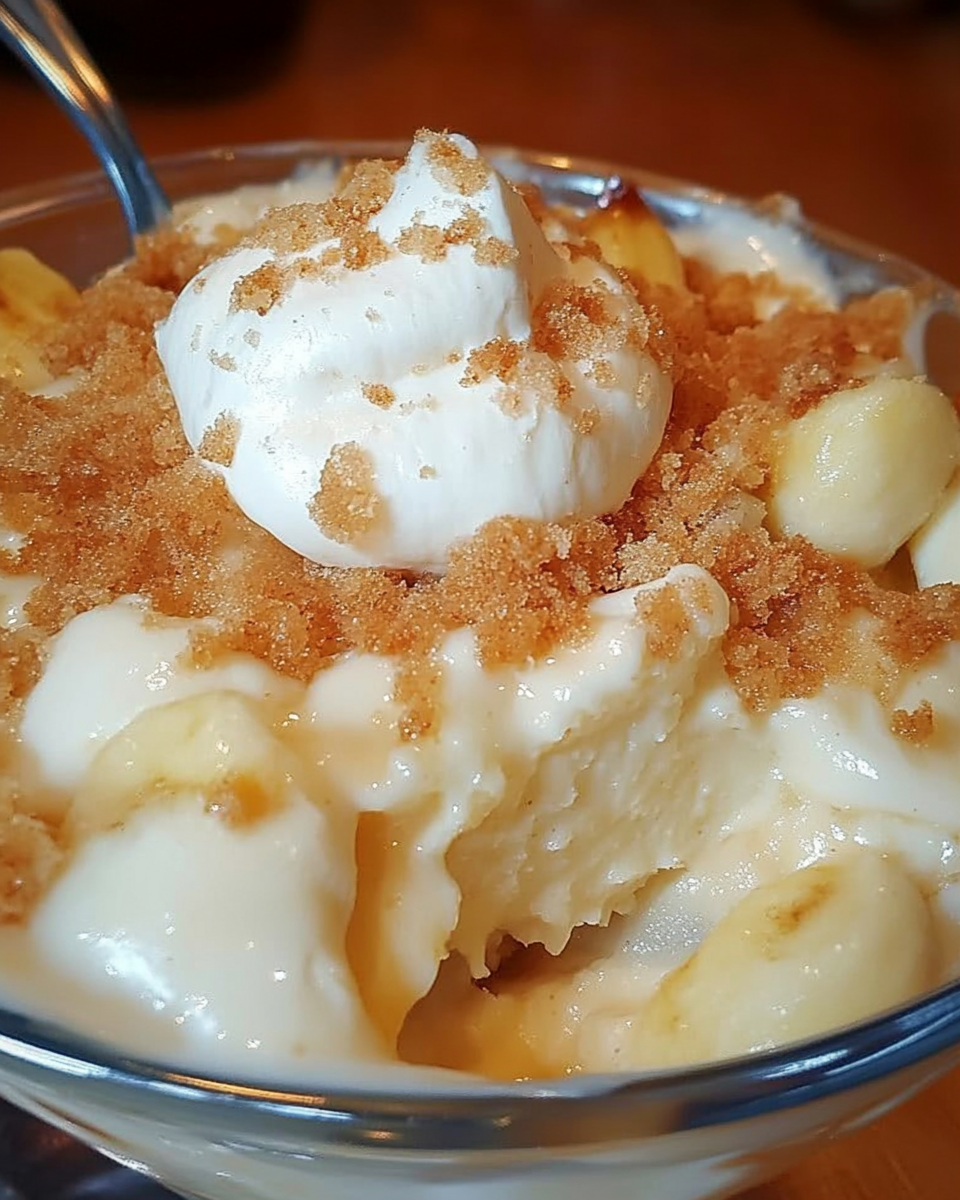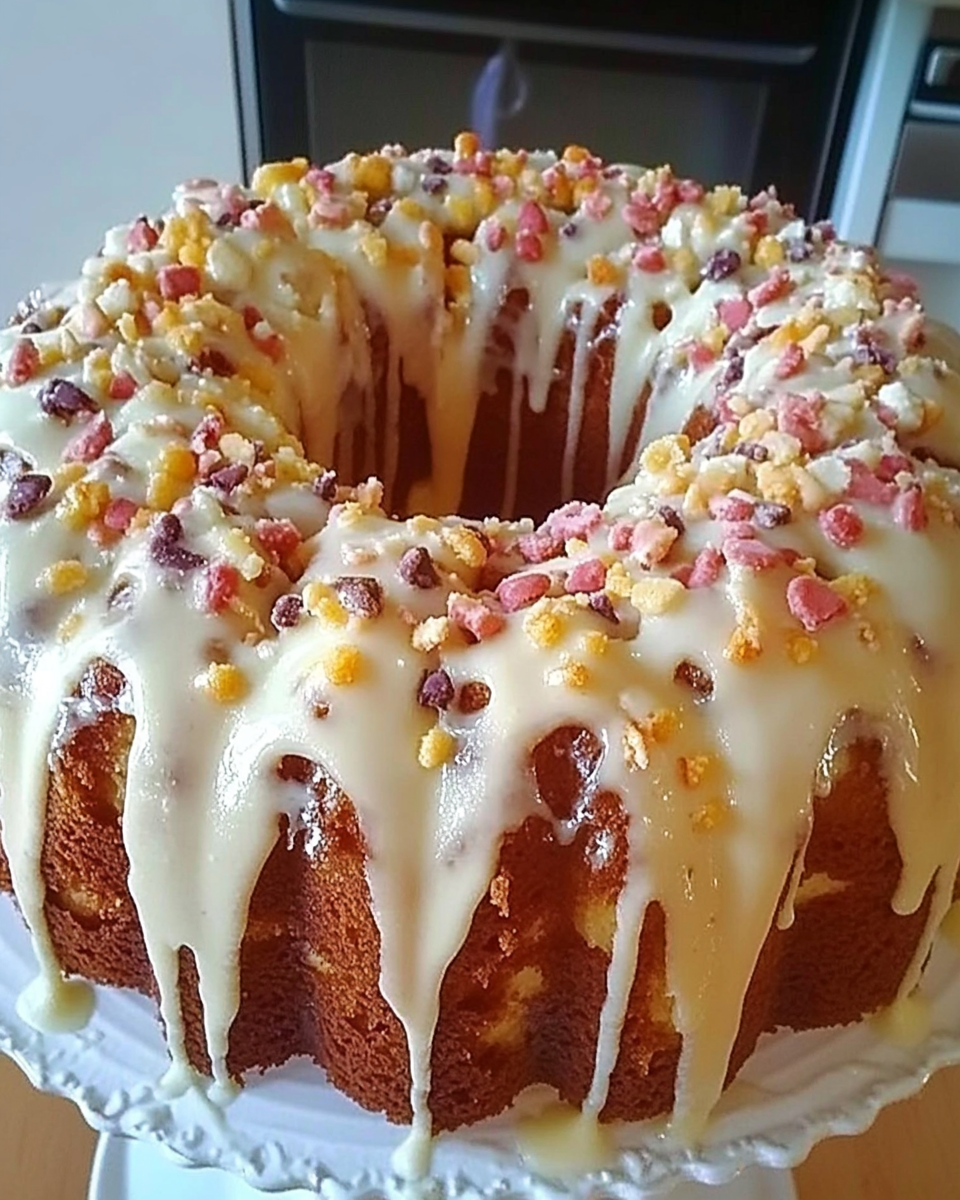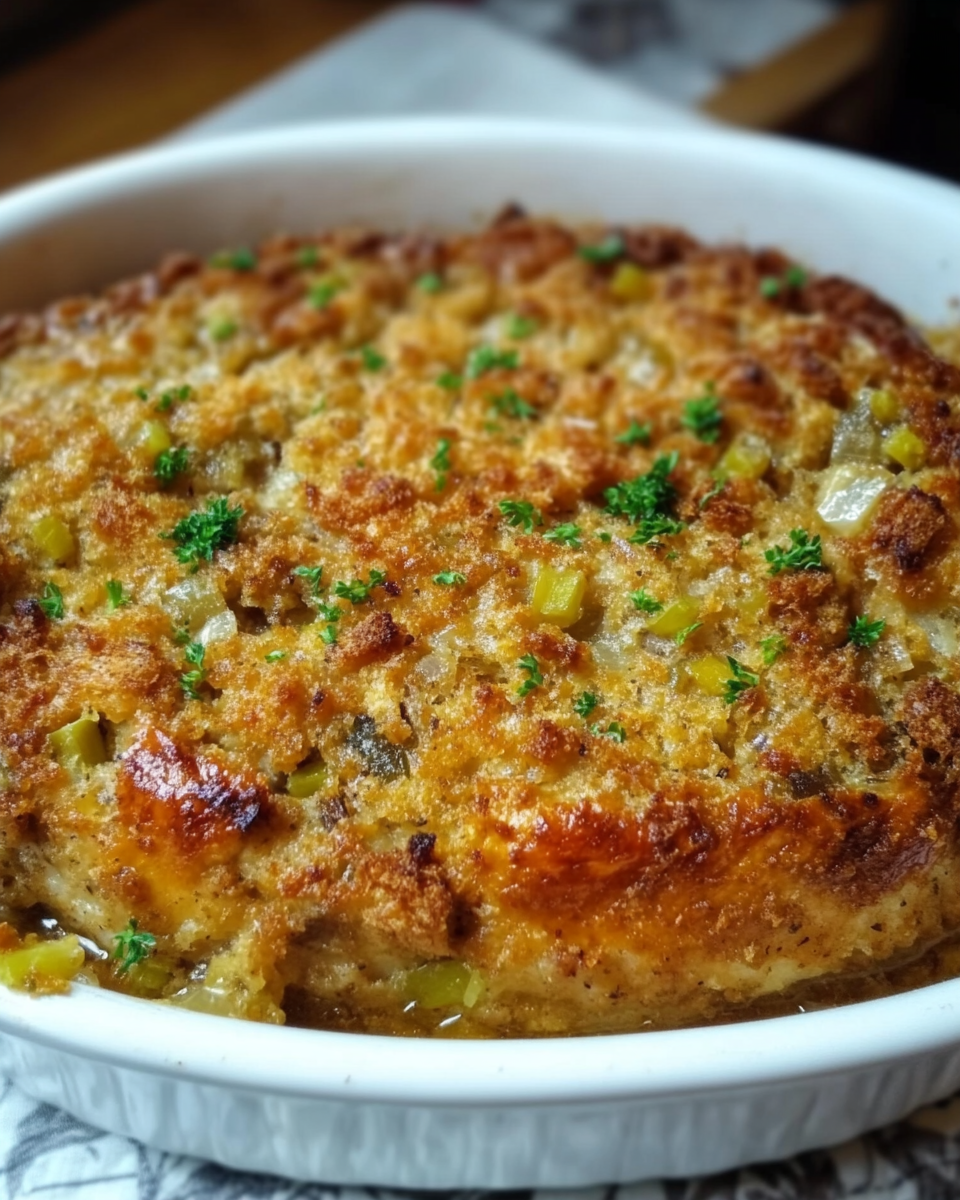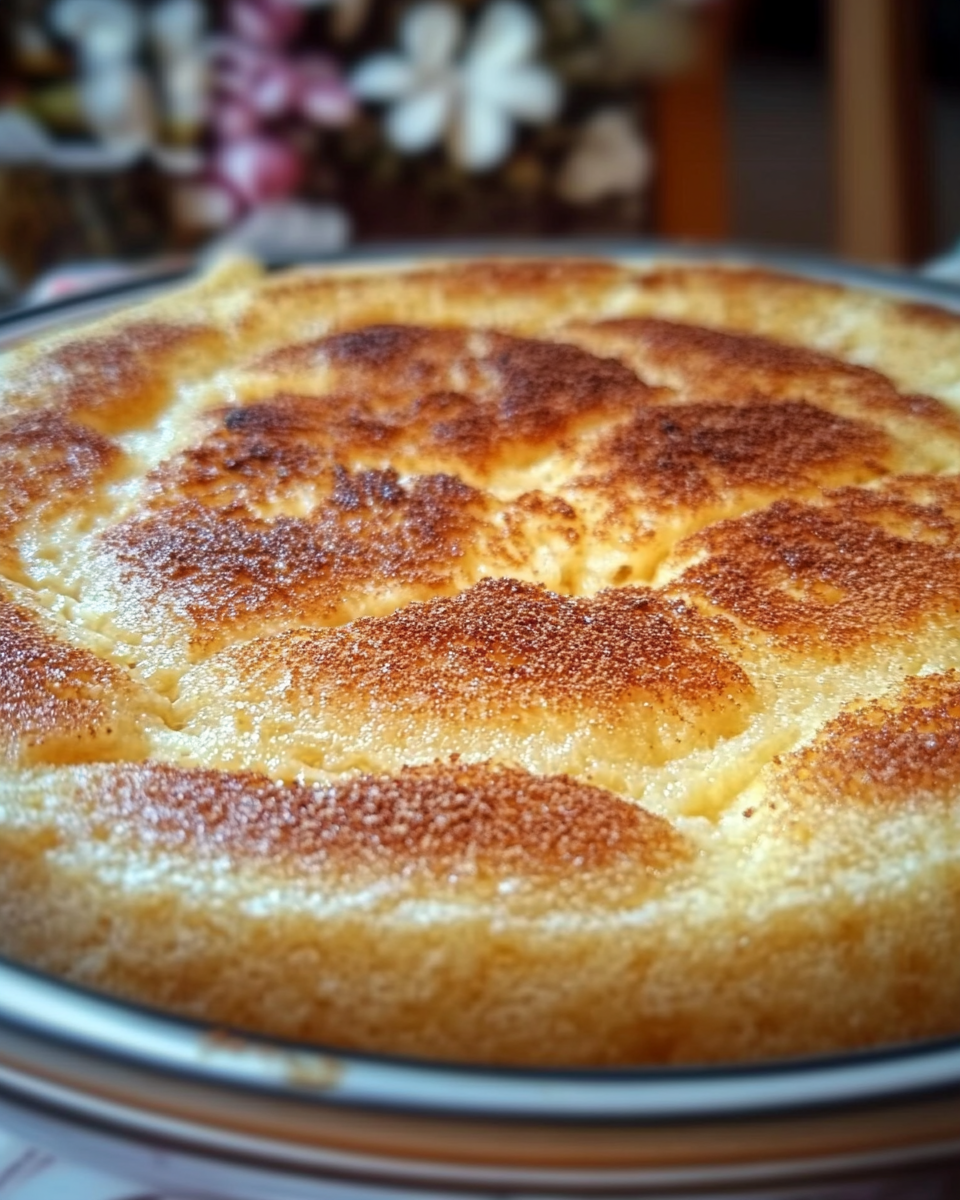Southern Banana Pudding: A Classic Southern Delight
Southern banana pudding is a beloved dessert that brings back memories of family gatherings, Sunday suppers, and church potlucks. With its layers of creamy custard, fresh bananas, crunchy vanilla wafers, and fluffy meringue or whipped cream, it’s a dessert that’s both comforting and nostalgic. Here, we’ll walk you through how to make the perfect Southern banana pudding, along with variations and tips to ensure your pudding turns out perfectly every time.
Ingredients for Southern Banana Pudding
To get started, gather the following ingredients:
- Ripe bananas: 4-6 bananas, depending on size
- Vanilla wafers: 1 box (about 11 ounces)
- Egg yolks: 4 large yolks (for the custard)
- Sugar: 1 cup
- Milk: 2 cups (whole milk or 2% preferred)
- All-purpose flour: 3 tablespoons (to thicken the custard)
- Vanilla extract: 1 teaspoon
- Butter: 2 tablespoons (adds richness to the custard)
- Egg whites: 4 (for meringue, if desired)
For a savory pairing, try serving your banana pudding after a comforting main dish like Slow Cooker Magic: Unveiling the Ease of Crock-Pot Baked Ziti. The creamy and hearty ziti balances the sweetness of banana pudding.
Step-by-Step Recipe for Southern Banana Pudding
Preparation Time:
- Prep Time: 20 minutes
- Cook Time: 10 minutes
- Chill Time: 2-3 hours (optional for cold pudding)
Instructions:
- Prepare the Custard
In a saucepan, combine sugar and flour. Gradually stir in milk, then cook over medium heat, stirring constantly until the mixture thickens. In a separate bowl, lightly beat the egg yolks. Slowly whisk in about a quarter of the hot milk mixture to temper the eggs, then pour the egg mixture back into the pan. Cook for another 2-3 minutes, then remove from heat and stir in butter and vanilla. - Layer the Pudding
In a serving dish or a trifle bowl, arrange a layer of vanilla wafers, followed by a layer of sliced bananas. Pour a layer of custard over the bananas and wafers. Repeat the layering process until all ingredients are used, finishing with a custard layer. - Make the Meringue (Optional)
If you prefer a traditional meringue topping, beat the egg whites until soft peaks form, then gradually add sugar and beat until stiff peaks form. Spread the meringue over the top layer of custard. - Bake or Chill
If you’re using meringue, bake the pudding at 350°F (175°C) for 10-15 minutes, or until the meringue is golden brown. If not using meringue, you can chill the pudding for 2-3 hours to serve it cold.
For another dessert option that’s just as satisfying, check out Kentucky Butter Cake: A Slice of Southern Comfort, a rich and moist cake that pairs well with Southern meals.
Tips for Perfect Southern Banana Pudding
- Choosing the Right Bananas: Use bananas that are ripe but not overripe. Overripe bananas can become too mushy in the pudding.
- Preventing Browning: To keep the bananas from browning, lightly toss the banana slices in lemon juice before adding them to the pudding.
- Thickening the Custard: Make sure to cook the custard long enough for it to thicken properly. A runny custard can make the pudding too soupy.
Variations of Southern Banana Pudding
- No-Bake Banana Pudding: Use instant vanilla pudding mix and whipped topping for a quicker version.
- Banana Pudding Pie: Add the ingredients to a graham cracker crust or vanilla wafer crust to turn your pudding into a pie.
- Caramel Banana Pudding: Drizzle caramel sauce between the layers for a richer, more decadent flavor.
- Layered Banana Pudding Parfaits: Make individual servings in mason jars or glasses for a beautiful presentation.
Nutritional Information and Healthier Alternatives
Per serving (based on 10 servings):
- Calories: 280
- Fat: 12g
- Carbohydrates: 40g
- Protein: 4g
For a lighter option, substitute whole milk with 2% or skim milk, and reduce the sugar content. You can also use sugar-free pudding mix and low-fat whipped topping.
Storage and Freezing Tips
- Storing Leftovers: Keep banana pudding in the refrigerator for up to 3 days. Ensure it’s covered tightly to prevent the bananas from browning.
- Freezing Banana Pudding: While banana pudding can be frozen, the texture of the bananas may change upon thawing. If you do freeze it, thaw it in the refrigerator and add a fresh layer of bananas before serving.
- Reheating Meringue-Topped Pudding: If you’ve topped the pudding with meringue, it’s best to serve it immediately. If reheating, warm it in the oven for a few minutes to refresh the meringue.
For more storage-friendly dishes, try The Ultimate Comfort Food: Crockpot Potato Soup with Hashbrowns, a dish that pairs well with banana pudding and is easy to store and reheat.
FAQs About Southern Banana Pudding
Q: Can banana pudding be served warm or cold?
A: Southern banana pudding is typically served chilled, but some versions with meringue topping are enjoyed warm straight from the oven.
Q: What can I use instead of vanilla wafers?
A: If you don’t have vanilla wafers, graham crackers, shortbread cookies, or even ladyfingers are great alternatives.
Q: How do I keep banana pudding from getting watery?
A: Ensure the custard is thick enough before layering it with the bananas and wafers. Also, letting the pudding chill properly helps maintain its consistency.
Q: Can I make banana pudding ahead of time?
A: Yes! Banana pudding can be made the night before and stored in the fridge, allowing the flavors to meld and the wafers to soften.
Internal Linking Opportunities
For readers interested in more comforting dessert recipes, check out:
- Kentucky Butter Cake: A Slice of Southern Comfort: Another classic Southern dessert.
- Crockpot Potato Soup with Hashbrowns: A savory dish to pair with your banana pudding.
- No-Bake Banana Pudding Cheesecake: For a banana pudding-inspired twist on cheesecake.




